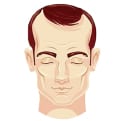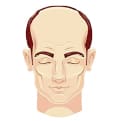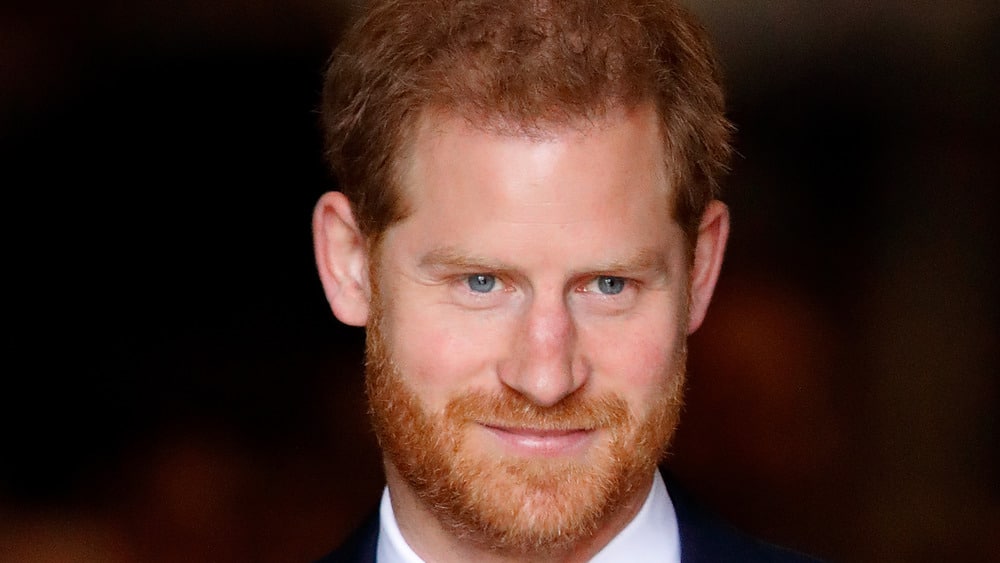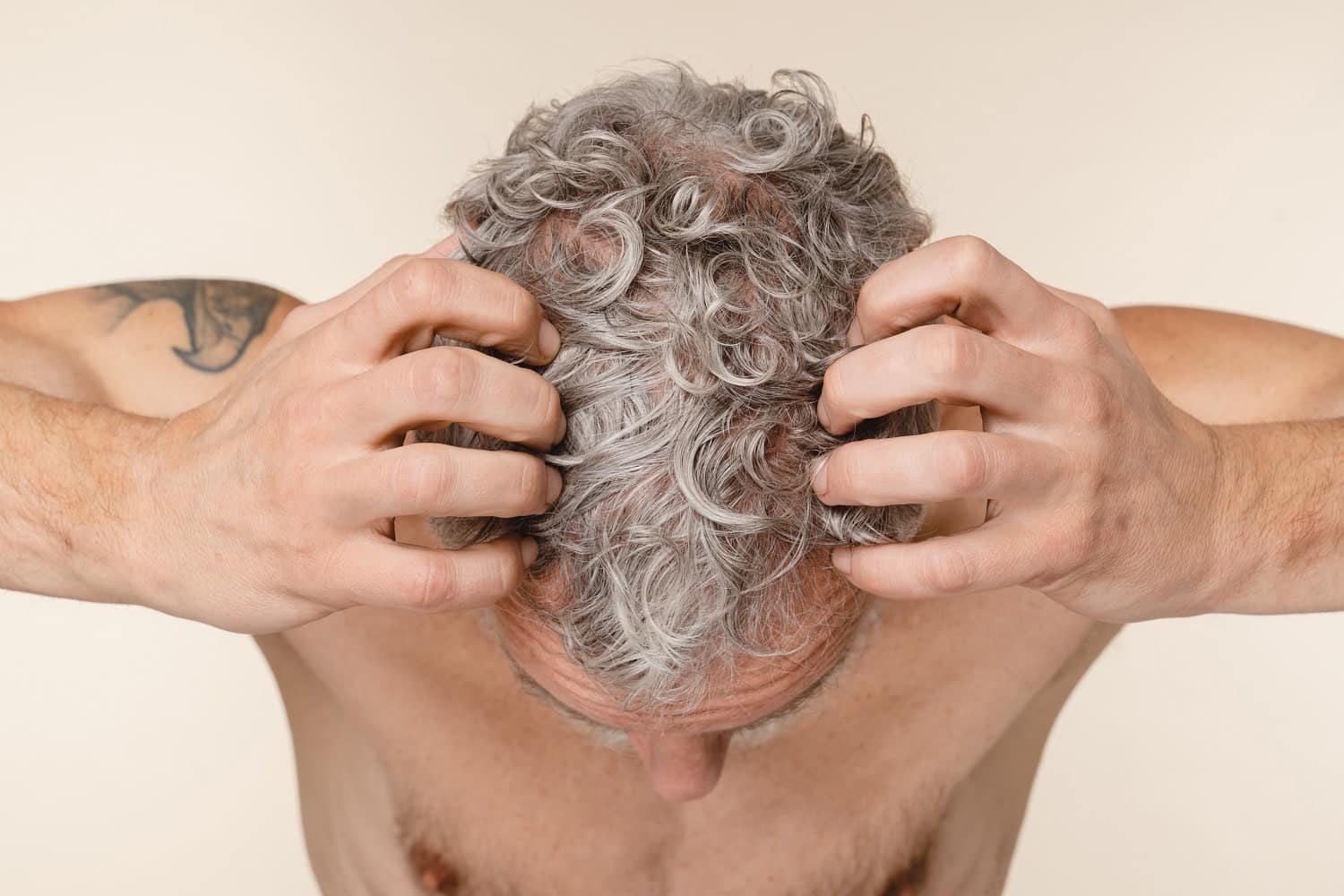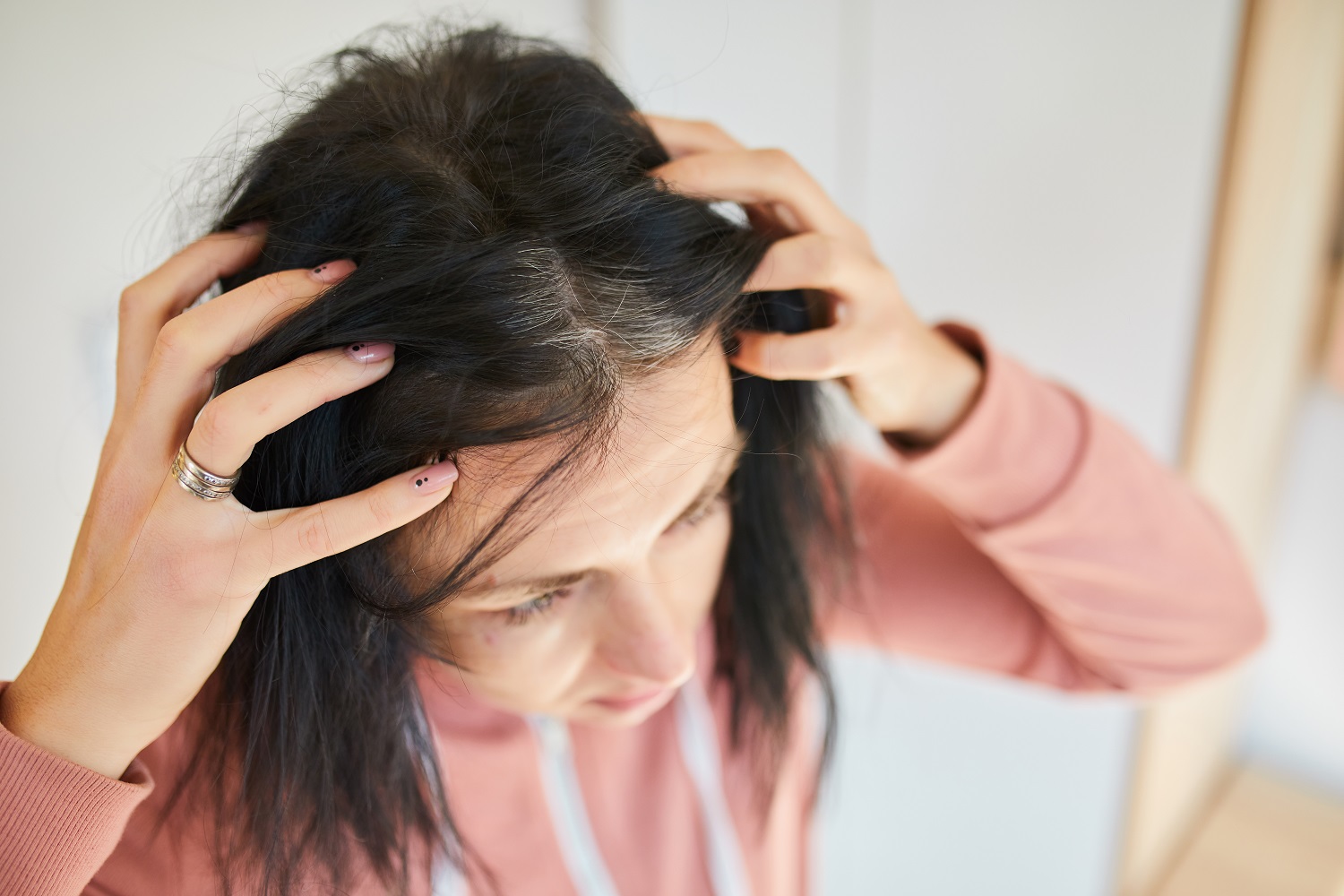Hair loss is a problem for millions of people the world over. While it is more common in men, hair loss in women is a very real concern. It is estimated that more than half of menopausal women will experience some degree of hair loss.
What is Menopause?
Menopause typically occurs in women between the ages of 45 and 55, though this can happen earlier or later. A woman enters menopause once she has stopped having periods for 12 consecutive months. In the years leading to this point, symptoms of menopause may include changes in monthly cycles, hot flashes, mood swings, night sweats, and increased stress levels.
This period—known as perimenopause—commonly lasts for around seven years but can go on for as long as 14 depending on factors like smoking, the age of onset, and ethnicity. This transition affects each woman differently and to different degrees. The body begins to use energy differently and the production of hormones like estrogen is diminished.
What are the Symptoms of Menopausal Hair Loss?
Hair loss from menopause may take time to become apparent. On average, humans lose between 50 and 100 hairs a day but during perimenopause, this number begins to accelerate. The earliest signs of menopause-related hair loss can be subtle:
- Need to clean hairbrushes more often
- Increased hair in the shower drain.
- More hair on your pillow, clothing, or in your car than before.
- Hair becomes more brittle.
Only after this excessive hair shedding has persisted for a few months will you start to notice visibly thinning patches at the top or front of your scalp. Menopausal women may notice hair loss in other parts of the body as well such as legs, arms, and armpits.
What Causes Hair Loss During Menopause?
Fluctuations in hormones are the primary cause of hair loss in menopausal women. These changes occur in all three stages of menopause:
- Perimenopause – This is the period leading up to menopause and is when hormone levels start fluctuating. Typically,this begins in a woman’s 40s and can last for up to 10 years.
- Menopause – Officially begins after 12 consecutive months without a period. The average age for this is 50-55.
- Post-menopause – Once menopause is official, this stage continues for the rest of a woman’s life.
During perimenopause, a woman’s levels of estrogen and progesterone begin to decline. These hormones are key in promoting hair growth, density, and fullness and these diminished levels lead to thinning hair that doesn’t grow as quickly as it used to.
Lower progesterone and estrogen levels can also lead to an increase in androgens. These male hormones are found in women in smaller amounts than in men and can cause the hair follicles on the head to shrink. This results in a type of hair loss known as androgenic alopecia (female pattern baldness).
Can Hair Loss During Menopause be Stopped?
There are several possible treatments for hair loss in women including lifestyle modifications, medications, and professional treatments.
Minoxidil
Minoxidil is an over-the-counter hair-loss treatment for male pattern baldness. However, it may help women experiencing menopause-related female pattern hair loss. Topical treatments can promote hair regrowth in women.
Side effects of minoxidil can include itching, dryness, flaking, or burning.
Finasteride
Finasteride is a common prescription medication for male pattern baldness. There is data to suggest that finasteride can help to regrow hair loss in women as well.
Hair Transplant
If menopausal hair loss is severe, a hair transplant is the only permanent solution. Hair transplants are surgical procedures that move healthy hair from a donor site (commonly the back of the head) and implant it into spots where hair is thinning.
Hair Transplants During Menopause
Hair transplants are an excelletn choice for women experiencing menopausal hair loss. By using a patient’s own healthy hair, surgeons can easily fill in the gaps left behind by thinning hair.
At the Dr Serkan Aygin Clinic, we specialize in both FUE (Follicular Unit Extraction) and DHI hair transplants (Direct Hair Implantation). These both represent truly permanent and natural solutions for nearly every type of hair loss.
At our clinic in Istanbul, we use only the most cutting-edge hair restoration technologies and Dr Aygin has assisted more than 15,000 men and women from all over the world. With a hair regrowth rate of 98%, our medical team boasts some of the highest success rates anywhere.

